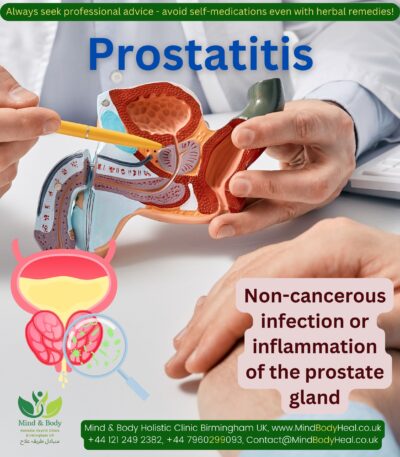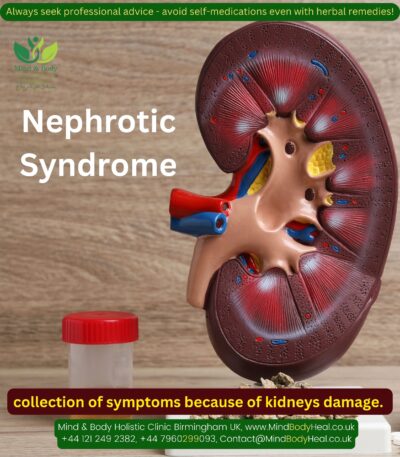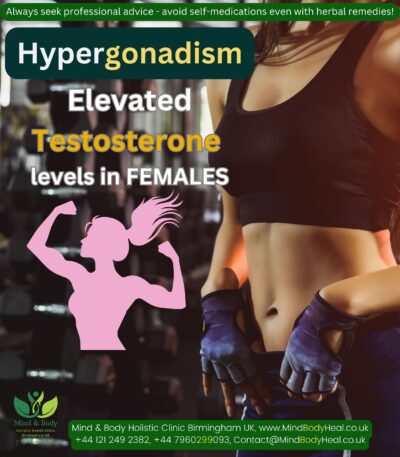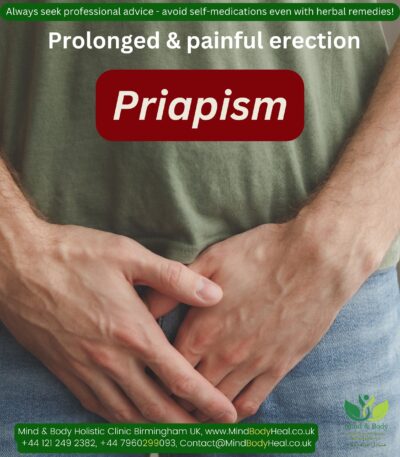Uterine fibroids also known as leiomyomas or myomas are most common noncancerous growths from the muscular layer of the uterus that often appear during childbearing years in females.
They mainly affect women around the age of 35–45 years and tend to decrease in size after menopause. About 70 to 80 percent of women experience fibroids by the age of 50.
Uterine fibroids growth depends on female hormones. Two hormones called oestrogen and progesterone cause the tissue that lines inside of the uterus to thicken during each menstrual cycle to prepare for pregnancy. These hormones also seem to develop fibroids grow. A single cell divides over and over and it turns into a firm, rubbery mass distinct from nearby tissue.
Uterine fibroids aren’t associated with an increased risk of uterine cancer and almost never develop into cancer.
Fibroids range in size from seedlings – undetectable by the human eye, to bulky masses like size of a golf ball or grapefruit that can distort and enlarge the uterus.
You can have a single fibroid or multiple ones. In extreme cases, multiple fibroids can expand the uterus so much that it reaches the rib cage and can add weight.
Remember that, even if a uterine fibroid is removed surgically, they can still grow back because they are fed by female hormones!
This is why homeopathy is such an important option for treatment, because it is non-invasive and treats the person as a whole, not just their uterus.
Fibroids, Fertility and Pregnancy
Fibroids can also interfere with conception and fertility. They can dramatically increase in size during pregnancy because of the increase in estrogenic levels.
Fibroids that form during pregnancy can shrink or go away after pregnancy, as the uterus goes back to its usual size.
Types of Fibroids – Fibroids are generally classified by their location.
Subserosal – 55% of uterine fibroids are of this type. These form on the outside of your uterus. They may grow large enough to make your womb appear bigger on one side.
Intramural – about 40% of uterine fibroids are this type. They appear within the lining of the uterus (endometrium). They may also grow larger and actually stretch your womb.
Pedunculated – 5% of uterine fibroids are this type. When subserosal tumors develop a stem, they become pedunculated fibroids.
Submucosal – found and develop in the inner lining (myometrium) of your uterus. These tumors are less common than other types but may cause heavy menstrual bleeding and trouble conceiving.
Most common Symptoms and complications
Many women have uterine fibroids sometime during their lives. But you might not know you have such fibroids as they often cause no symptoms., but many may experience:
- Menorrhagia- excessive uterine bleeding with clots
- Metrorrhagia- menstruation at irregular intervals
- Heavy bleeding other than menstruation i.e. Spotting or bleeding between periods.
- Painful, prolonged or frequent periods
- Menstruation that lasts longer than usual
- Increased menstrual cramping
- Feeling of a lump in lower abdomen
- Increased frequency of urination due to pressure on bladder
- Tiredness and weakness, Anaemia, due to blood loss
- Pain in the pelvis, legs and lower back
- Pain during intercourse
- Pressure on rectum, bladder or ovaries causing pain
- Constipation, painful defecation (passing stool).
- Swelling or enlargement of the abdomen or uterus
- Bloating or fullness in the stomach / pelvic region
- Reproductive issues, including infertility and miscarriages
- Difficulty in conception
POSSIBLE CAUSES & RISK FACTORS
The exact cause is unknown! But there is a genetic tendency to produce fibroids, so if your mother or aunts had them, you are also likely to.
- Female hormones oestrogen and progesterone fluctuation
- Obesity
- Eating a lot of poor-quality beef and any type of pork is linked to higher fibroid risk.
- High Blood Pressure
- Hypothyroidism
- Early menstruation: prior to the age of 10 are at a higher risk
- Use of Birth control pills
- Being low on vitamin D
- Having a diet higher in red meat and lower in green vegetables, fruit and dairy
Lifestyle measures to aid treatment – DO’S & DONT’S
- Bed rest if the bleeding is excessive – If you observe heavy bleeding or pain, make yourself comfortable – try lying down and elevating your legs with a pillow.
- Intake of food rich in iron
- Consume more protein rich diet
- Try to eat plenty of fruits like apples, tomatoes, broccoli and cabbage.
- Keep an eye on your blood pressure. Researchers have shown a strong link between fibroids and high blood pressure.
- Manage your stress levels and try relaxation techniques like yoga, massage.
- Avoid processed foods, red meats, and high-fat dairy.
- Don’t skip your workouts. One study found that women who exercised the most (about 7 hours per week of activities like running, dancing, or walking) had the lowest chance of developing fibroids.
- Don’t overdo it on the sugar. A study found that eating a high-sugar diet could be linked to a higher risk of fibroids.
- Don’t smoke. Experts believe that smoking can increase your period pain because it reduces the amount of oxygen that gets to your pelvic region.
FREE Shipping included – Usually dispatched within 1 – 2 working days!
Are you concerned about your health or have been suffering from a chronic, recurrent health disorder?
A ready-made kit that comes with instructions as how to take or use the remedies etc., containing 2 homeopathic remedies and a herbal supplement.
Give it a try, if you truly believe in Natural holistic remedies!
Ideally, complimentary remedies should go hand-in-hand with conventional treatment for optimal recovery, and you may take them along with your regular medicines, if any, for additional benefits!
All our remedies are prepared according to Hahnemann principles, using traditional method of dilution or succussion, by a fully qualified naturopath practitioner after a lot of research, proving and great success results from a number of our in-house patients having similar conditions – Still the results may vary from person to person!
Special notes: While selecting the remedy from the age wise drop list – there are 3 options as per the pills size e.g., for infants under one and children between 1 – 10 years of age, we use 2 different sizes small globules, as compare to adults. You may also contact us and ask for lactose tablets if you don’t want your remedy in sucrose pills.
You may need to continue taking these remedies from few weeks to few months or until the desired results – depending upon the severity and chronicity of your condition.
You may also contact us and speak to one of our naturopaths and to discuss any dietary requirements or allergies you may have, or ingredients used in preparation of the above kit.
If you are looking for a particular remedy or a kit not listed on this site, you may contact us, as we stock a wide range of complimentary remedies that you may need.
We also make tailor-made homeopathic remedies, as per your causative factors, physical & mental peculiar signs & symptoms etc., if you need any further information please feel free to message.
DISCLAIMER: Although, most natural remedies including herbal supplements, homeopathic remedies or aromatherapy formulations for external use etc., are generally very safe even in children and old age, we still recommend you to seek medical advice from your GP / personal health provider before making your purchase etc., if unsure.
Some patients may experience a little aggravation or worsening of their symptoms, specially in skin disorders – which is absolutely normal and a good sign, as most natural remedies tend to bring the disease in its expressive state – rather suppressing it deeper under the skin etc.
This complimentary remedies kit is taken with your own responsibility. Please avoid self-medication specially if you are pregnant, breastfeeding or have been suffering from any chronic or terminal medical conditions etc.
Due to strict UK regulations on the sale of medicinal products, we cannot give specific advice, without a face-to-face consultation.






































































































